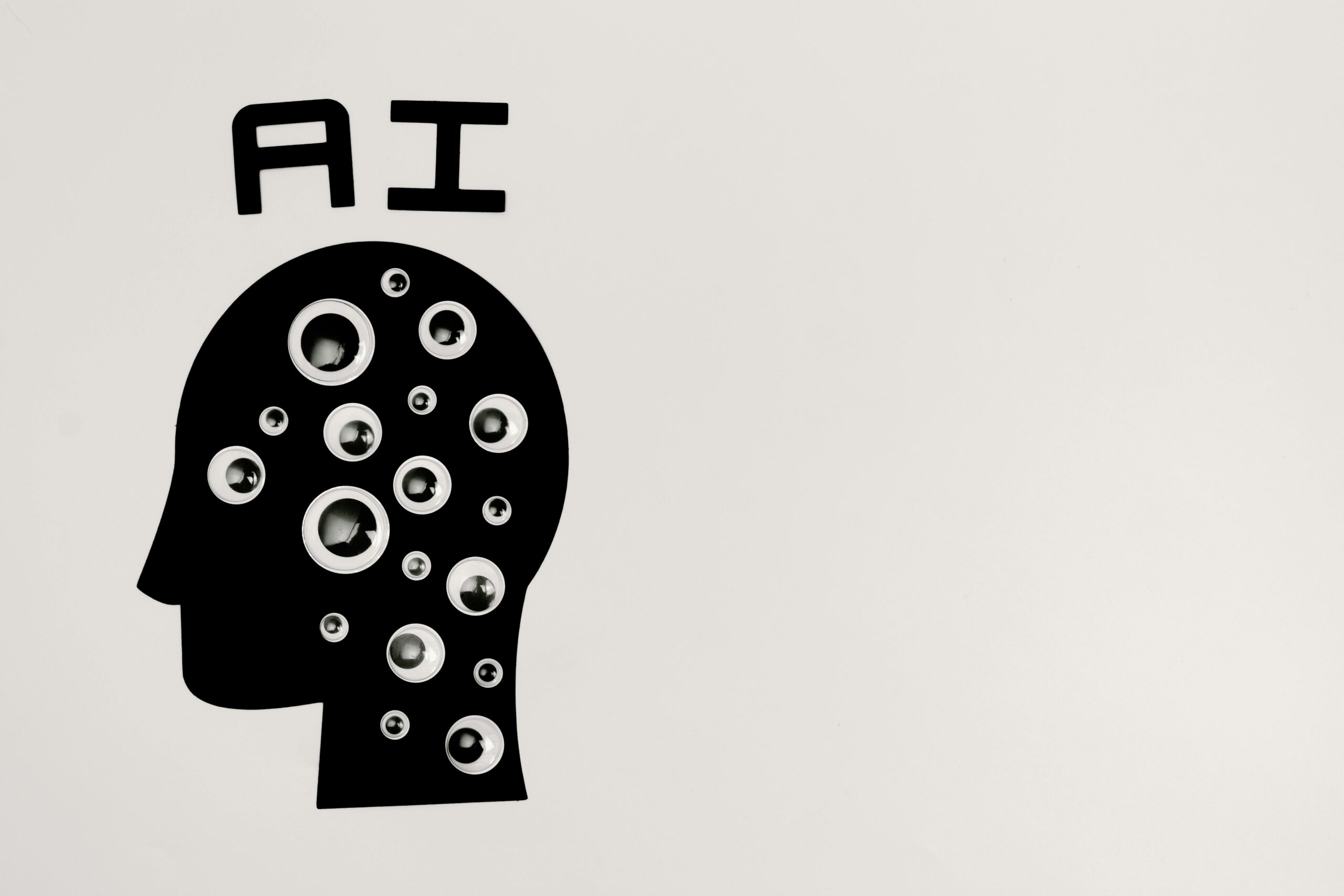Introduction
In today’s fast-evolving digital world the way to know how to train an AI agent can feel like an intimidating task. It is true especially if you are flying solo without a dedicated data science team. Fortunately modern tools & techniques now make it possible to develop capable goal-directed AI systems all by yourself. In this post you will discover step-by-step guidance on building & training AI agents from defining their purpose to deploying them in real-world workflows. Let us dive into how even non-experts can empower AI agents to work smart & independently.
1. Pinpoint the Purpose: Begin with Clarity
Define Objectives Clearly
The first step is to clarify what problem your AI agent solves.
The agent may handle customer questions.
The agent may automate workflows.
The agent may fetch data & produce summaries.
The clear goal narrows focus & shapes workflows & helps you choose the right approach.
Choose Agent Type: Assistive or Autonomous
The assistive AI agents follow rule-based actions to respond to user intents.
The autonomous AI agents take decisions & adapt to changes & act independently.
2. Select the Right Tools: No Team? No Problem
Leverage No-Code or Low-Code Platforms
The AI scene includes platforms such as Lindy n8n Workativ & others that allow creation of agents using simple drag-and-drop or form-based interfaces. These tools offer integrations templates prompt libraries & testing environments. These let you build AI agents without coding or a specialized team.
Consider Off-the-Shelf Pre-trained Models
The use of pre-trained models like GPT based LLMs can speed up development. You can fine-tune or prompt them with your own data & avoid building models from scratch.
3. Gather and Prepare Data (Smarter Not Harder)
Use Internal Documents as Knowledge Bases
The structured content such as FAQs user manuals & business documents can be compiled. These resources serve as a knowledge base for your agent responses. This does not need a data science team.
Synthetic Data and RL Enhancements
The clean labeled data may be difficult to find. These advanced techniques like synthetic data generation combined with reinforcement learning enable agents to improve even without labeled data.
Reinforcement Learning from Human Feedback (RLHF)
The RLHF uses human feedback to train a reward model that aligns agent behavior with human preferences. This needs less data but gives powerful alignment. This is perfect when you are developing solo.
4. Build the Workflow: Design Conversations and Actions
Design Conversational Flows
The planning of user scenarios is needed.
The simple FAQs use direct lookup & response.
The complex workflows query APIs fetch external data or move to human support when needed.
Add Fallbacks
The agent must escalate to humans for unclear or unsupported queries. This ensures a smooth user experience in all conditions.
5. Train Test Iterate
Train with Minimal Setup
The pre-trained models can be prompt-tuned using your data or examples. These platforms simplify the process. You just upload data tweak prompts & train.
Test Across Scenarios
The validation of all conversational paths is needed.
The prompts can be refined to reduce confusion.
The monitoring of errors or wrong answers is important.
The prompt tweaking & response checks are strong tools when you are working solo.
Use Synthetic Reinforcement Techniques
The methods like best-of-N training & reward modeling such as in Databricks TAO help your agent improve even without clean datasets.
6. Deploy and Monitor
Deployment Channels
The agents can be added to websites Slack MS Teams or chat widgets with built-in tools.
The low or no-code platforms make embedding monitoring & updating simple.
Continuous Improvement
The performance metrics must be tracked & user feedback collected. The prompt refinement & updates with this data help your agent grow even without full-time engineers.
7. Stay Up to Date with Emerging Learning Strategies
Era of Experience
The AI field is shifting into the Era of Experience. The agents learn continuously through interaction not only from static data. This makes building agents without big teams easier & stronger.
Reinforcement and Self-Improvement
The labs & companies are training agents through virtual environments or self-play. These improve intelligent behavior with less manual labeling.
Quick Recap Table
| Step | Action | Rationale |
|---|---|---|
| 1. Define Purpose | Identify agent goals & type | The clarity ensures direction & success |
| 2. Choose Tools | Pick no-code platforms or pre-trained models | The step skips complex coding & helps solo work |
| 3. Prepare Data | Use internal synthetic or RL enhanced data | The way builds intelligence affordably |
| 4. Design Workflows | Map interactions & add fallbacks | The design ensures user-friendly behavior |
| 5. Train & Test | Prompt tune validate refine | The step gives accuracy without experts |
| 6. Deploy & Monitor | Launch across channels & iterate | The way improves based on real usage |
| 7. Explore Advances | Use experience based learning RLHF | The method makes future growth possible |
Short Paragraph Summary
The making of a capable AI agent without a data science team is now real. We can mix simple platforms smart use of your content & new training methods like RLHF & synthetic data. The way helps you build deploy & improve agents alone. The focus on clear goals starting small & improving often will surprise you with how much the AI agent can do.
Conclusion
The training of an AI agent solo may look hard but today tools methods & new learning styles make it simple. We can start by defining the role of the agent use no-code platforms or pre-trained models use simple data plans & improve through prompt tuning & feedback. The future growth comes from reinforcement learning & experience based ways that grow both agent & developer.
The goal is not only to build an AI agent. The goal is to empower yourself to create AI powered solutions step by step.


